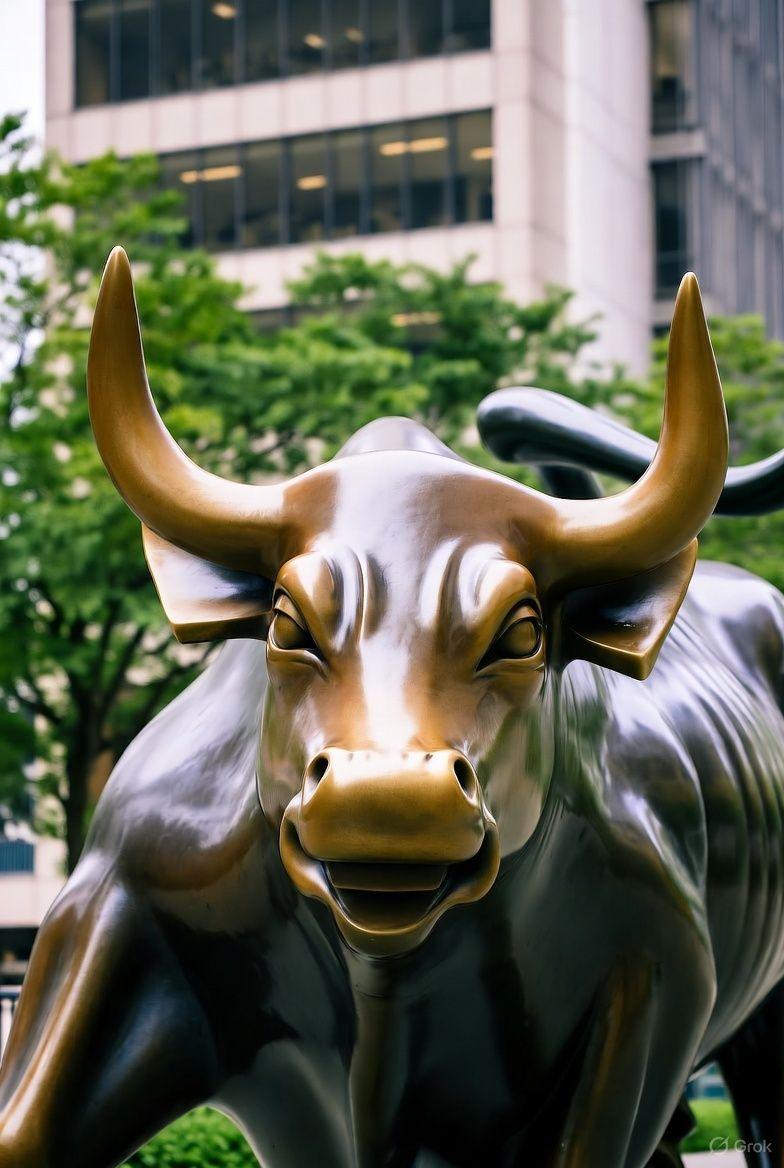November 5, 2025
Is AI The Next Stock Market Bubble?
3 min read

Leading voices in macro investing have been quick to draw comparisons to the 2000 Dot-Com era, yet many conclude the foundation is far stronger today. Jurrien Timmer, Director of Global Macro at Fidelity Investments, has downplayed the systemic bubble concerns. He argues that the key bellwether stock in the AI infrastructure build-out, while trading at an elevated level, maintains a trailing Price-to-Earnings (P/E) ratio that is "notably lower" than that of Cisco Systems Inc. during its centrality in the 1990s boom.
This sentiment is supported by quantitative analysis revealing structural differences:
- Valuation Ratios: When the Dot-Com bubble burst, the broader tech sector traded at 50x P/E. Today, while the "Magnificent 7" group trades near 40x forward P/E, removing the highest outlier brings the core AI leaders down to a mid-20x P/E ratio.
Profitability: In the first quarter of 2000, 36% of US technology companies were unprofitable. As of early 2024, only 21% of US tech companies were unprofitable. The current growth is built upon profitable, cash-flow-generating businesses that are reinvesting existing capital into physical infrastructure (GPUs, data centers), which analysts call a "generational demand driver".
Where the Froth Is Forming: Concentration and Illiquid Risk
Despite the strong fundamentals of the largest public companies, experts are raising red flags over two specific areas: systemic index concentration and illiquid venture capital.
Unprecedented Concentration Risk: The rapid ascent of the AI infrastructure leader has created a structural vulnerability in public markets. Its market weight has reached approximately 8% of the S&P 500 index, a concentration level that is three to four times greater than historical norms, which typically peaked at 2–3%. This unprecedented weighting means that any technical correction in this single stock could trigger a disproportionately severe downturn across the entire index.
- Speculation in Private Markets: The venture capital (VC) ecosystem is exhibiting classic speculative behavior. While overall funding is high, largely driven by AI-related "megarounds," the aggressive pricing is masking fragility. The rate of flat or down funding rounds (where a company raises capital at the same or a lower valuation than before) has reached a decade high of 26.6%. Compounding this, analysts cite the presence of "circular financing structures," where companies within the same investment ecosystem buy services from each other using investor capital, thereby inflating artificial revenue streams and obscuring genuine market demand.
In conclusion, while the core AI premise—a technological displacement built on real profits and physical infrastructure—is unlikely to suffer the "permanent loss of capital" seen when a true bubble bursts , the risk remains highly elevated. Investors must navigate a market anchored by durable growth but plagued by dangerous levels of single-stock concentration and speculative excess in the illiquid venture space.
Share this blog post via
Read other articles
1 / 0
This site is protected by reCAPTCHA and the GooglePrivacy PolicyandTerms of Serviceapply.
Copyright © MindPal 2025. All Right Reserved.